Peritoneum cavity of the small pelvis of a woman
In women in the pelvic cavity, the parietal peritoneal leaf, descending from the abdominal cavity along its posterior wall, passes through the border line, covering the mesoperitoneal anterior surface of the middle third of the rectum. Then the peritoneum passes to the back wall of the vagina and, following upwards, covers the back surface of the uterus, reaching its bottom. Here the peritoneum again descends and covers the anterior surface of the uterus body, reaching its neck.
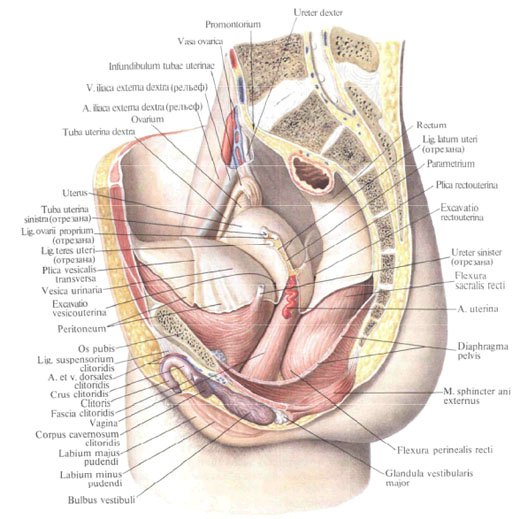
Moving further to the posterior surface of the bladder, it follows up, reaches its apex, and then passes into the parietal peritoneum, lining the inner surface of the anterior wall of the abdomen. Here, between the pubic symphysis and the parietal peritoneum, a narrow slit is formed-the flank space, the spatium retropubicum, filled with fatty tissue. Thus, in relation to the uterus of the peritoneum forms two indentations located in the frontal plane: one between the rectum and the uterus is the rectum-uterine cavity, the excavatio rectouterina, and the second between the uterus and the bladder is the vesicle-uterine depression, excavatio vesicouterina.

The first depression is much deeper, at the edges it is bounded by rectum-uterine folds, plicae rectouterinae, in the thickness of which the underdeveloped same-muscle muscles containing smooth muscle fibers are located. The second depression is less than the first, its depth depends on the filling of the bladder.
Both indentations are separated from each other by wide uterine ligaments, ligg. Lata uteri, which are the duplicates of the peritoneum.

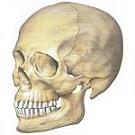
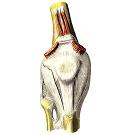
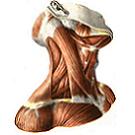
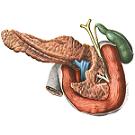
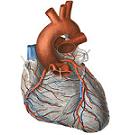

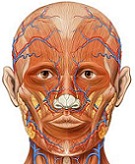

Comments
When commenting on, remember that the content and tone of your message can hurt the feelings of real people, show respect and tolerance to your interlocutors even if you do not share their opinion, your behavior in the conditions of freedom of expression and anonymity provided by the Internet, changes Not only virtual, but also the real world. All comments are hidden from the index, spam is controlled.